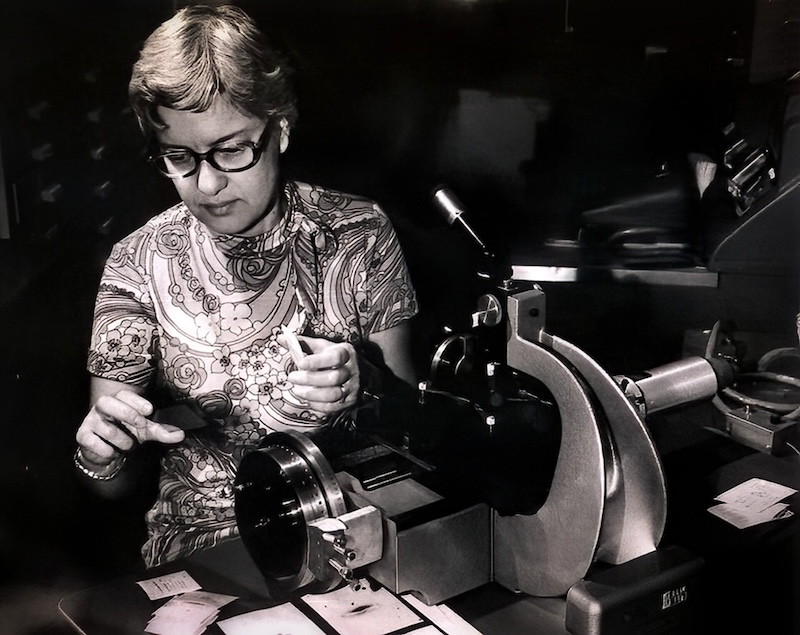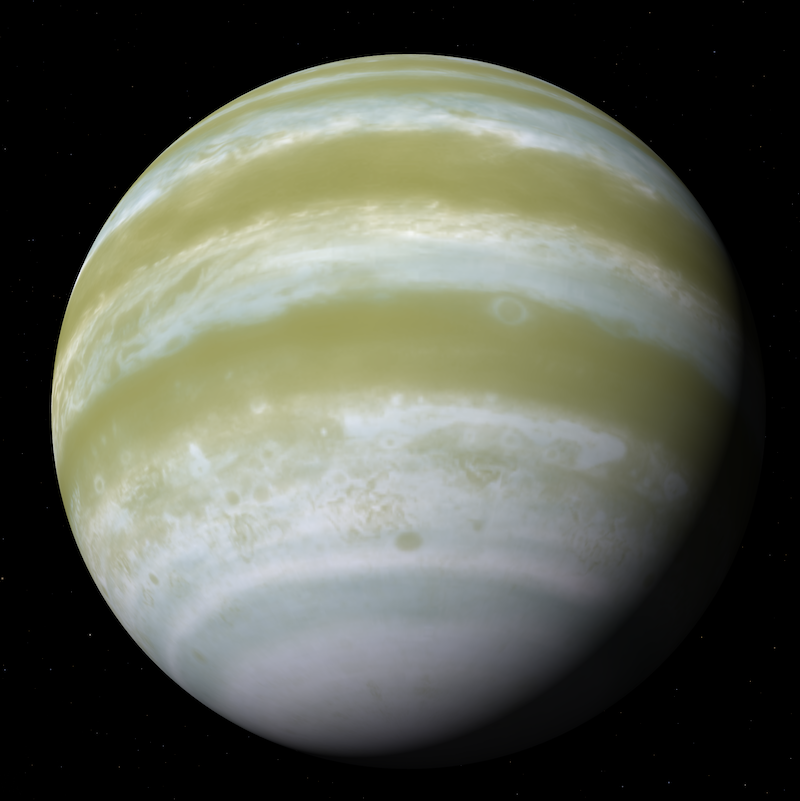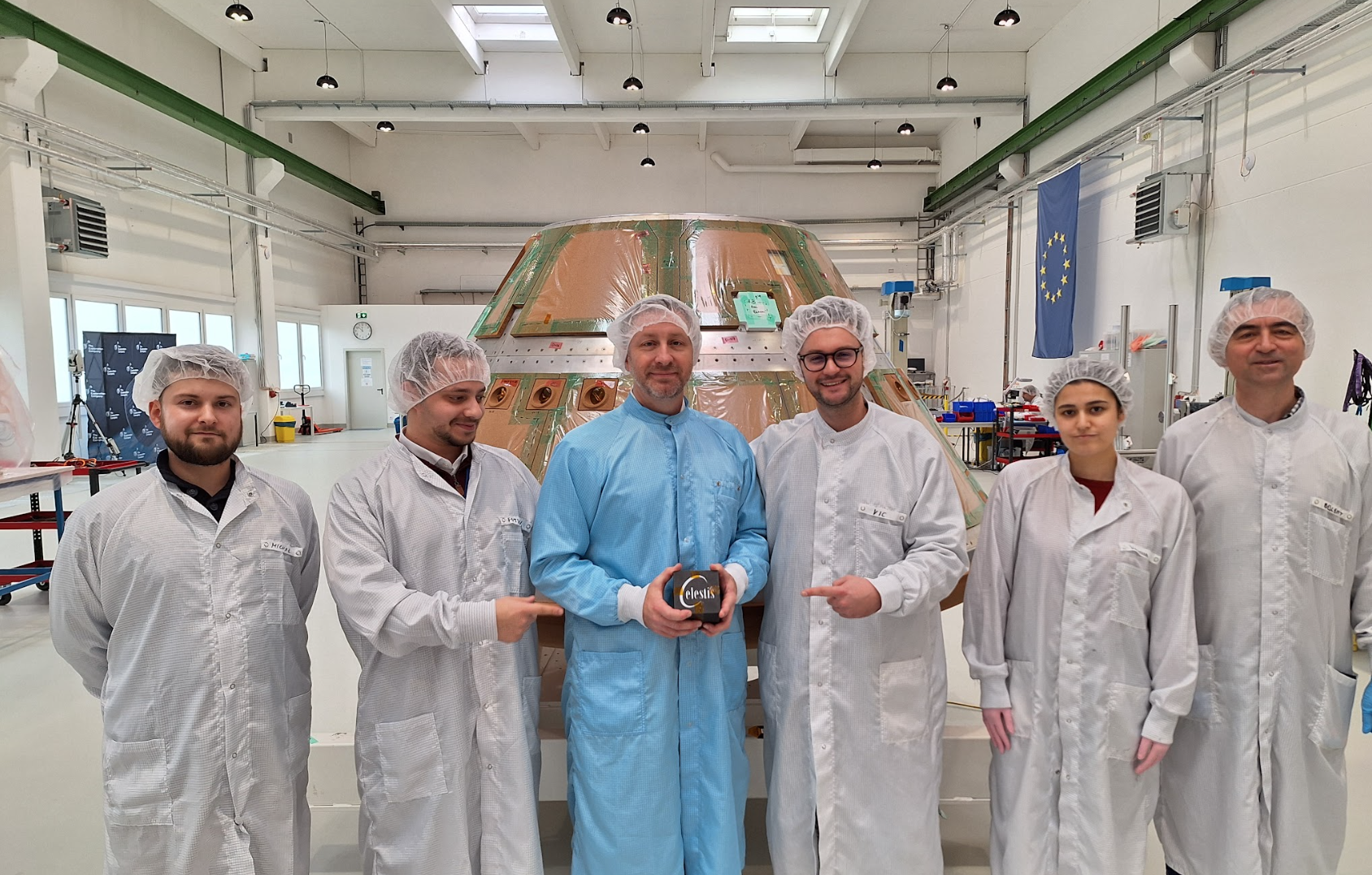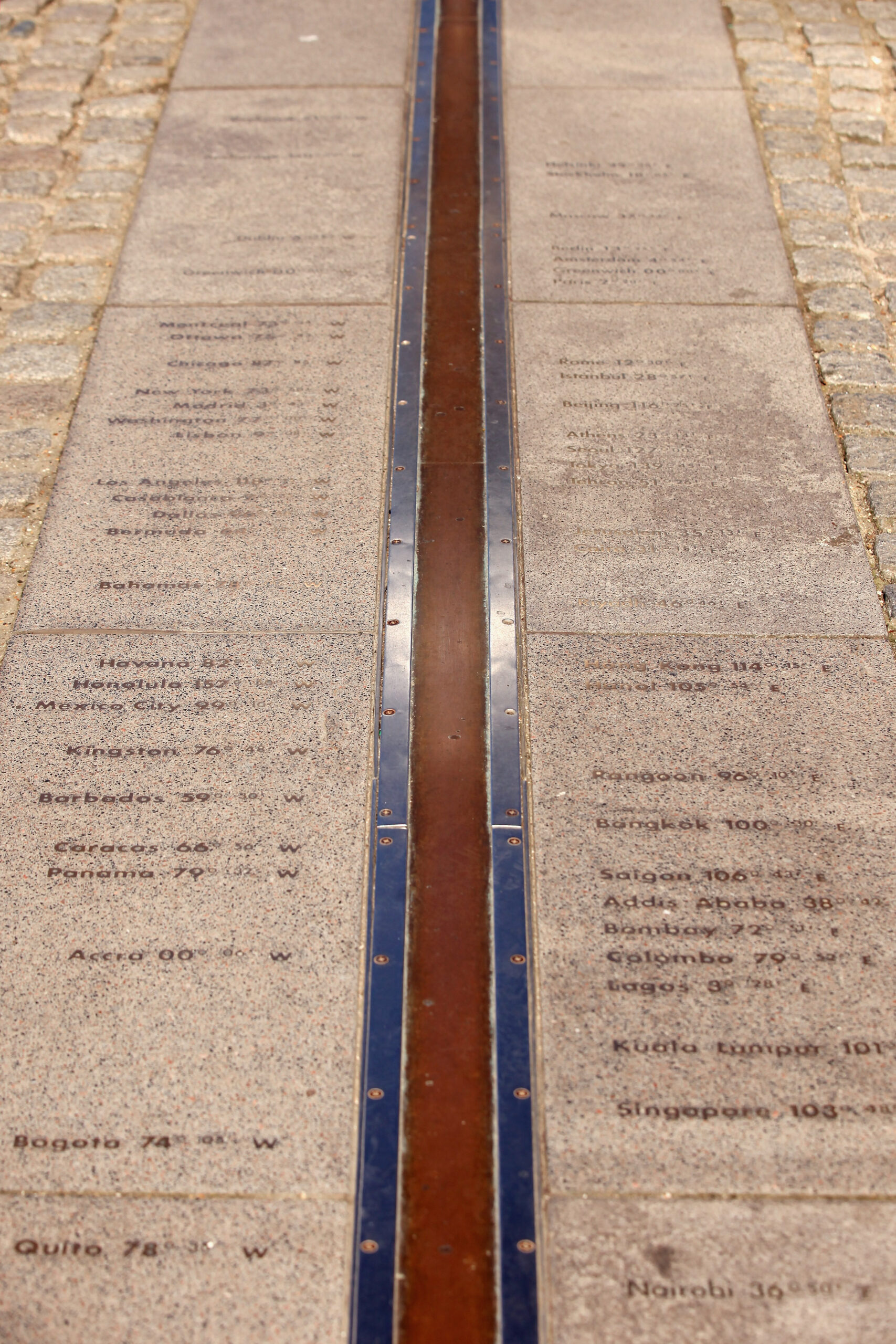Now Reading: 1st look from the Vera Rubin Observatory! Watch here
-
01
1st look from the Vera Rubin Observatory! Watch here
1st look from the Vera Rubin Observatory! Watch here

The much-anticipated 1st look from the Vera C. Rubin Observatory, starring our universe, is coming Monday. Watch in the player above or on YouTube.
Vera C. Rubin Observatory to reveal 1st images
Get ready for the newest worldwide premiere, starring our universe! The Vera C. Rubin Observatory in Chile is poised to scan the sky – smoothly, rapidly, nightly – for the coming 10 years. And we’ll get our first look at the images from the Rubin Observatory at 10 a.m. CDT (15 UTC) on June 23, 2025.
The observatory will use the world’s largest digital camera to create an ultra-wide, ultra-high-definition timelapse record of our universe. The stars of this show will be real stars being born in stellar nurseries, exploding in supernovas, getting sucked into black holes and spinning with their entourage of planets, asteroids and comets, forming the backbones of galaxies.
Watch the first look in the player above, or join a watch party! There are parties all around the world. Find a location near you with the map here.

Vera Rubin was the first astronomer to share convincing evidence for the existence of dark matter. Dark matter is one of the great mysteries in astronomy. All the light we see in the universe is ordinary matter, and it makes up just 5% of our universe. But 27% of the universe is a mysterious substance scientists call dark matter, and the remaining 68% is a mysterious force called dark energy. One of the major goals of the Rubin Observatory is to unlock the mysteries of dark matter and dark energy.
Legacy Survey of Space and Time
This ultimate recording of our cosmos is what scientists are calling the Legacy Survey of Space and Time. The goals of the survey are to:
- Understand the nature of dark matter and dark energy
- Create an inventory of the solar system
- Map the Milky Way
- Explore the transient optical sky
Recently, a new study said that the Rubin Observatory will find millions of new objects in our own solar system, revealing them in technicolor. The observatory could also discover the elusive Planet 9. In addition, it should be able to spot supernovas just before they explode, so we can catch them in the act. These are just a few of the marvels that await us.
The U.S. National Science Foundation and the U.S. Department of Energy’s Office of Science fund the Vera C. Rubin Observatory.
Read about the cuts proposed to science in the U.S.

Bottom line: The Vera C. Rubin Observatory will share its first look at our universe at 10 a.m. CDT (15 UTC) on Monday, June 23, 2025. Watch here or find a watch party near you!
Read more: Using exploding white dwarfs to measure the universe
The post 1st look from the Vera Rubin Observatory! Watch here first appeared on EarthSky.
Stay Informed With the Latest & Most Important News
Previous Post
Next Post
-
 012024 in Review: Highlights from NASA in Silicon Valley
012024 in Review: Highlights from NASA in Silicon Valley -
 02Panasonic Leica Summilux DG 15mm f/1.7 ASPH review
02Panasonic Leica Summilux DG 15mm f/1.7 ASPH review -
 03From Polymerization-Enabled Folding and Assembly to Chemical Evolution: Key Processes for Emergence of Functional Polymers in the Origin of Life
03From Polymerization-Enabled Folding and Assembly to Chemical Evolution: Key Processes for Emergence of Functional Polymers in the Origin of Life -
 04How New NASA, India Earth Satellite NISAR Will See Earth
04How New NASA, India Earth Satellite NISAR Will See Earth -
 05And Thus Begins A New Year For Life On Earth
05And Thus Begins A New Year For Life On Earth -
 06Astronomy Activation Ambassadors: A New Era
06Astronomy Activation Ambassadors: A New Era -
07SpaceX launch surge helps set new global launch record in 2024




















